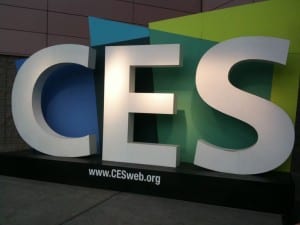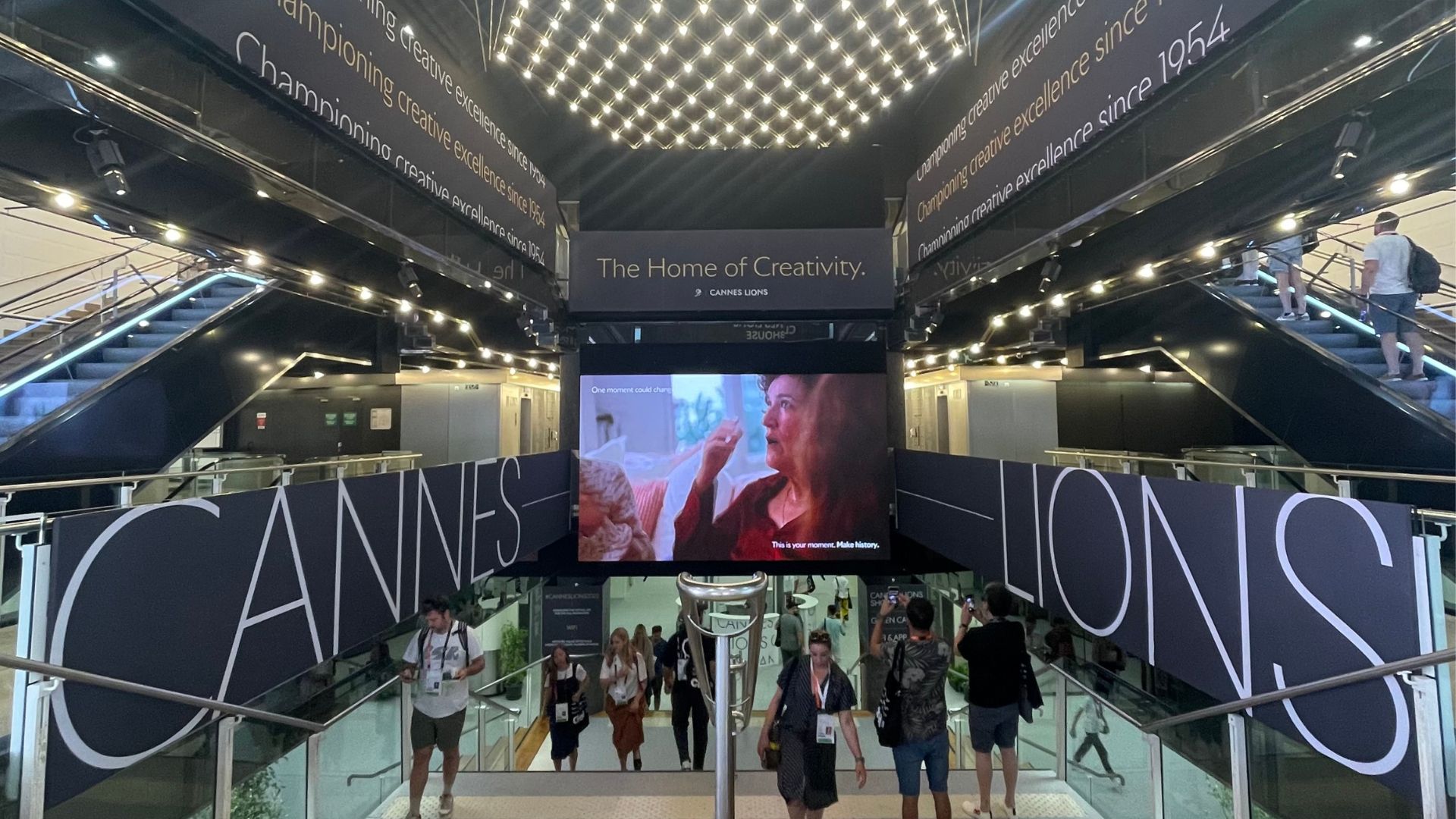 As Seen In… The Access Point.
As Seen In… The Access Point.
This is not going to be another post about the major technology trends. If you’re looking for that right now, you can find a few of them here, here and here.
This post delivers a few of our observations from a public relations standpoint helpful to companies looking to make a splash at the annual gadget menagerie.
CES gets bigger every year — more than 170,000 attendees trampled the padded carpets bare this year and took more pictures of random things that they’ll never look at again. (Good thing storage is cheap these days.) More than 3,600 vendors exhibited new products across two show floors, making it seem daunting for any company wanting to break through the noise.
But there are several good tactics and opportunities for companies of all sizes to make their news get noticed and remembered.
1. Brief media early. Reporters are extremely busy at the show and want to get as much content organized ahead of time. Most media are amenable to getting demos and announcements in December and are usually good at honoring NDAs and embargo times. By pre-briefing media, you free yourself up for other meetings at the show, and reporters are able to get their articles up as soon as the news breaks.
2. Live video and broadcast opportunities abound. Media outlets are increasingly turning to live video to enhance their content at the show. CNET, Engadget, The Verge, TechCrunch, The Wall Street Journal, USA TODAY, Tom’s Guide, even the CEA itself, all have ongoing video coverage and are looking to interview executives or feature new products. It’s a good idea to talk to your contacts early to see if there’s an opportunity to get on their stages…and make sure to block out time on your spokespeople’s calendars. Plus, while you’re at your booth, keep an eye out for roving video crews. You want to be ready at a moment’s notice when someone like Yahoo!’s David Pogue walks into your booth filming CES: The Musical and needs your product in hand (this happened with our client, Toshiba).
3. Startups can still make an impact. A record number of startups exhibited this year – 375 up from 220 last year, according to the CEA – and this year, Tech West at the Sands Expo Center was their haven. The “second show floor” featured tons of Kickstarter and Indiegogo projects in growing categories like 3D printing, connected home products and wearables. Seeing these booths is like a window into trends on the horizon. Now that a handful of the biggest tech companies have pulled out of the show, it’s a great time to be a startup at CES. In addition, don’t forget the benefits of at-show media junkets like CES Unveiled and Pepcom Digital Experience before the event starts and Showstoppers after Day 1, where reporters look for hidden gems.
4. Gimmicky tactics will likely fail. We’re all at the show to get work done and everyone’s schedules are packed. Your scavenger hunt, strategically placed QR codes, contests and giant character suits may sound like a good idea while you’re planning. But when it comes down to their actual impact on getting your clients coverage, they’re most likely not going to work and you’ll spend more time, money and focus on planning and execution than on what’s most important. Also remember, they’ve already been tried before.
There’s no question that CES is crazy – it’s overwhelming, it kills your feet and your immune system, but it’s not going away any time soon. There are still opportunities to make an impact and set the stage for a positive year ahead.


